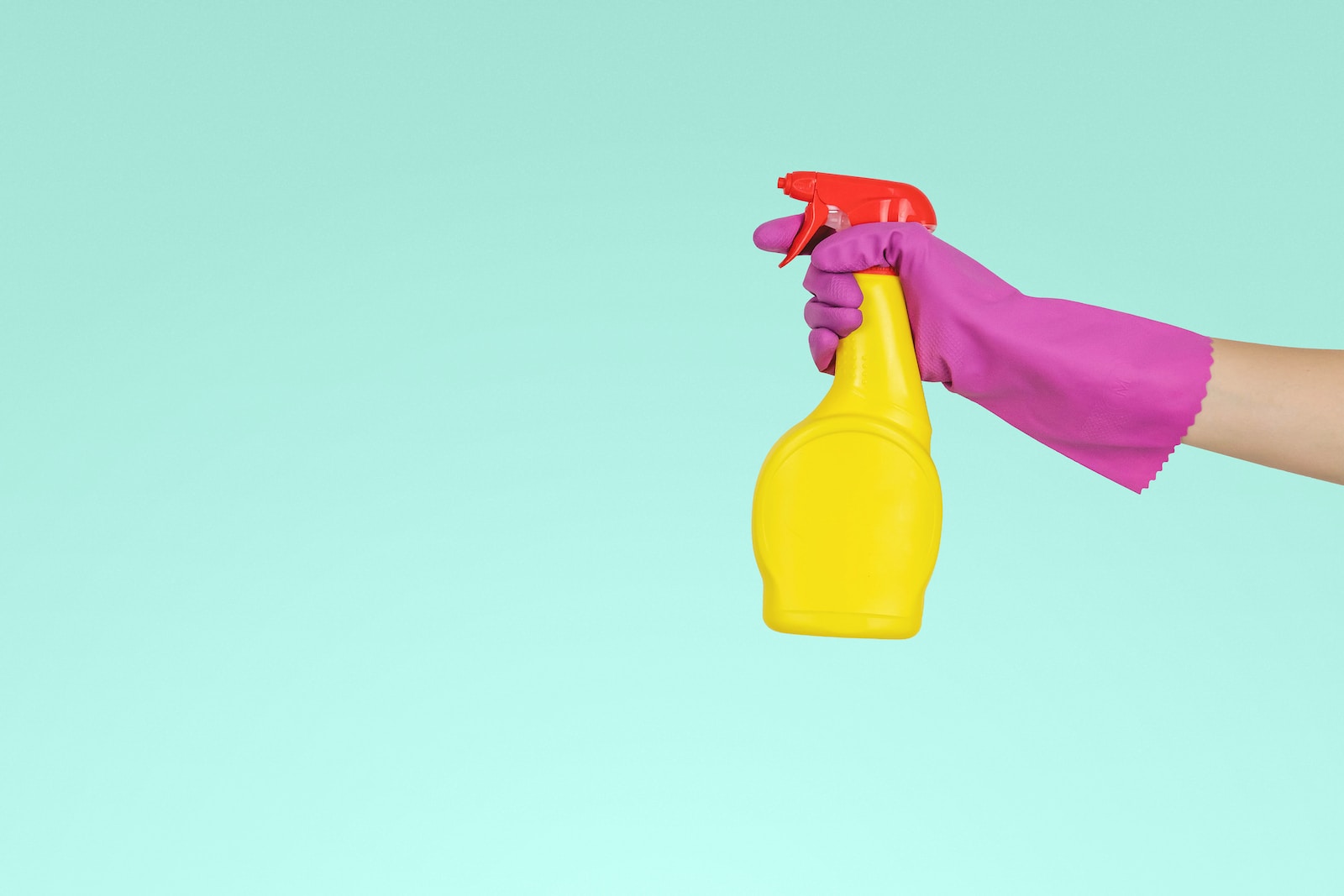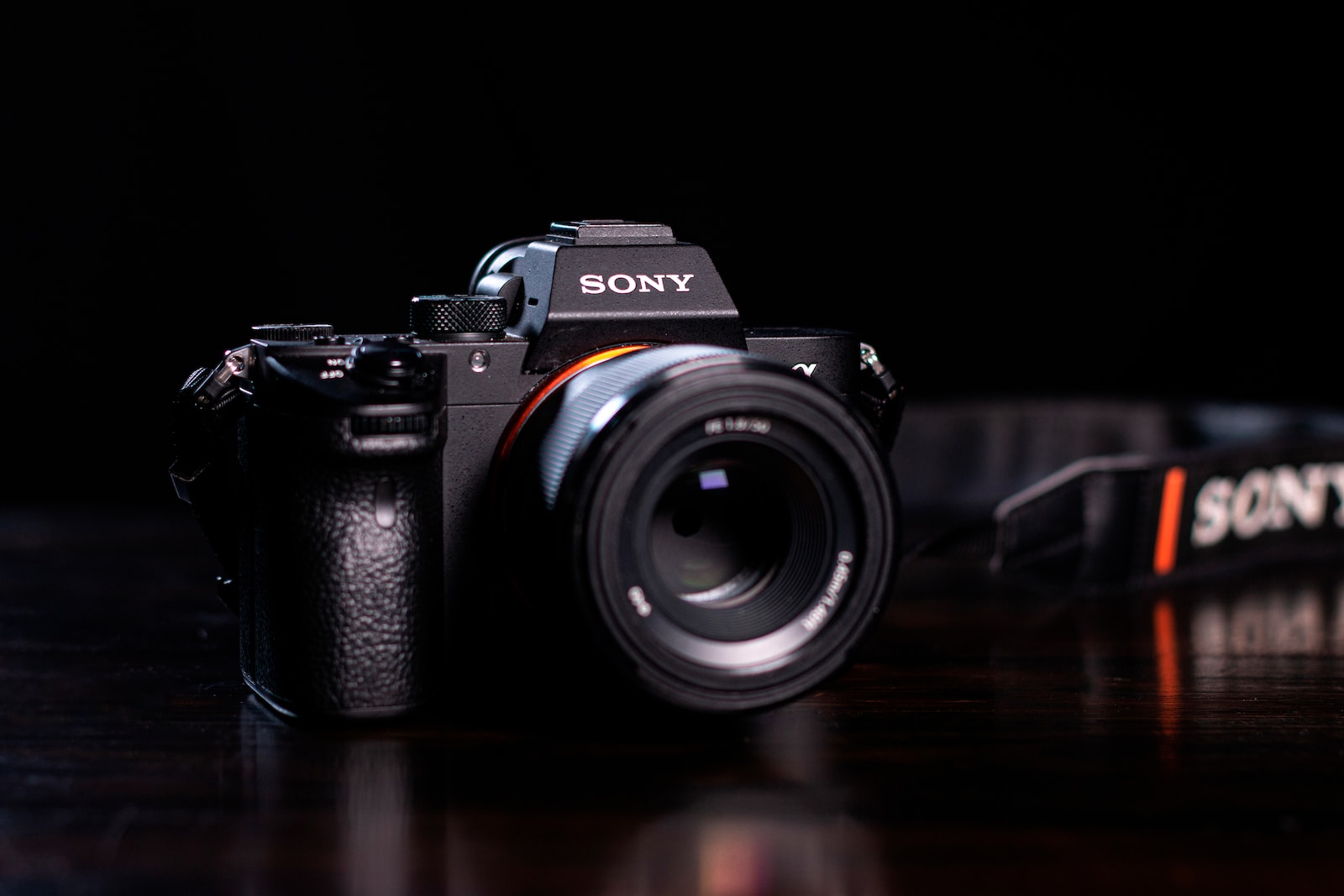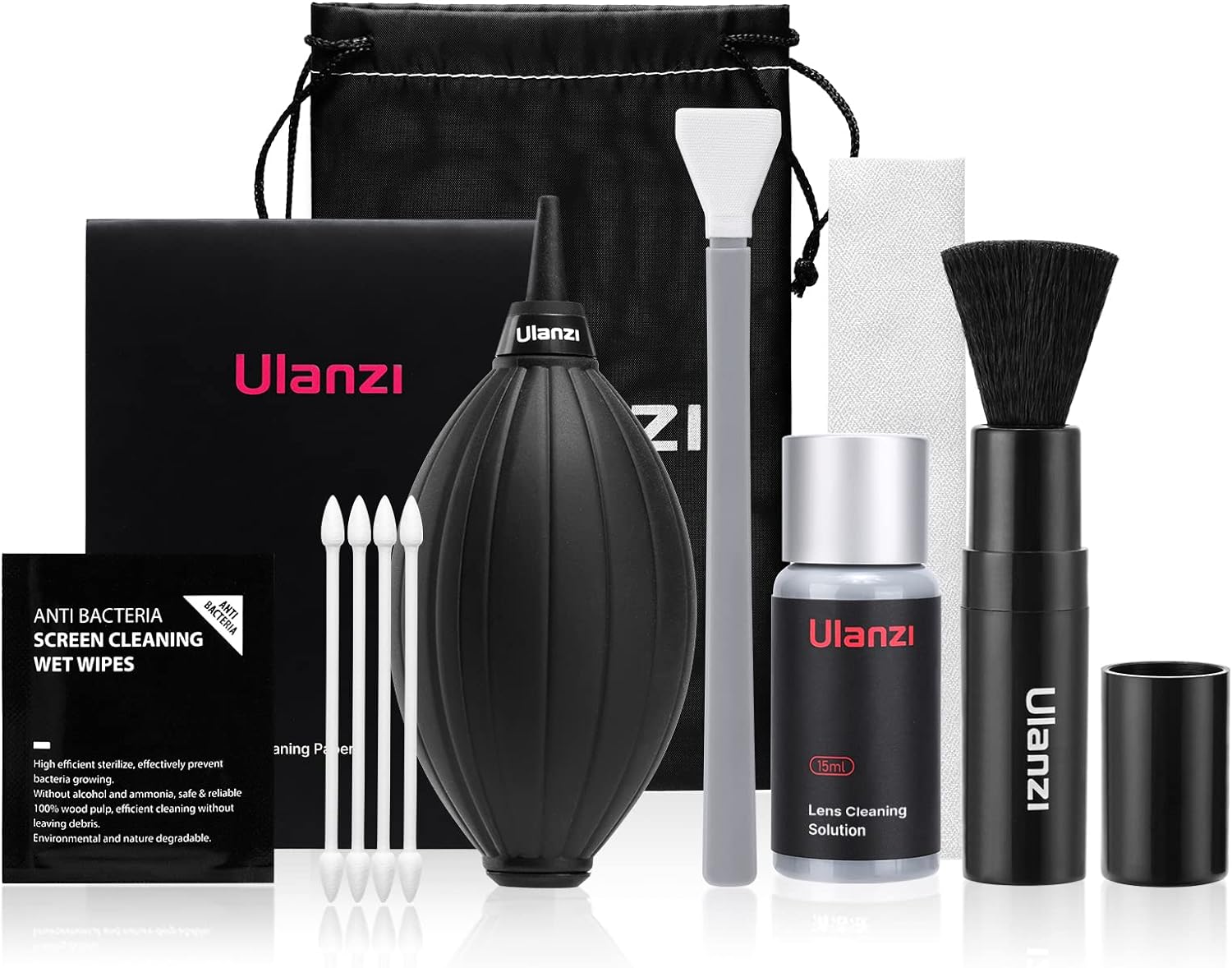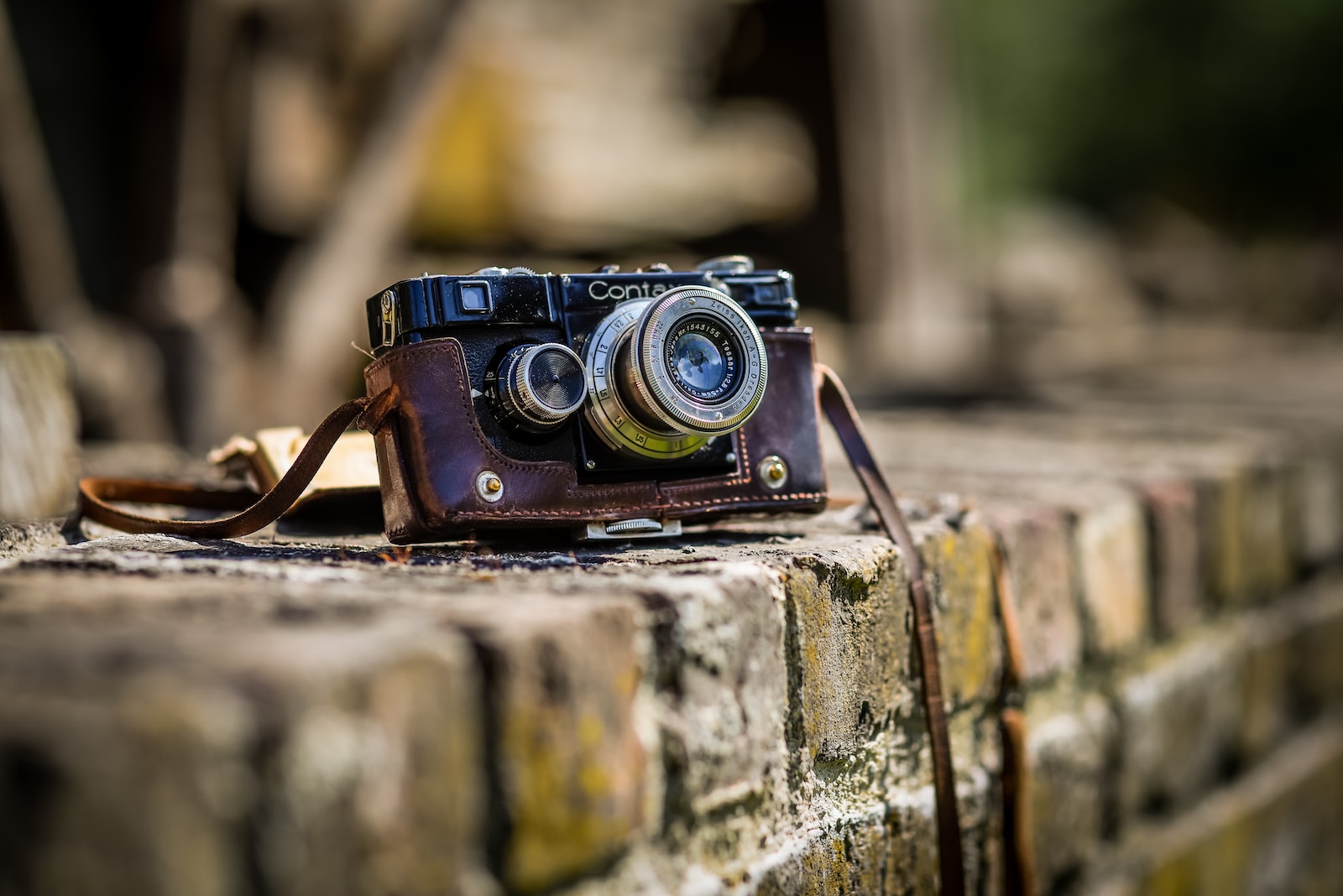Are you looking for cost-effective ways to clean your camera and its accessories? Look no further! In this blog, we will explore the safety of using common household items as alternatives for camera cleaning. Discover how items you already have at home can keep your camera in tip-top shape without breaking the bank. Join us as we delve into the world of DIY camera cleaning and uncover the secrets to maintaining your gear effortlessly.
Table of Contents
- Why Should You Clean Your Camera?
- Is It Safe? Using Common Household Items for Camera Cleaning
- Frequently Asked Questions
- 1. Is it safe to use common household items for cleaning my camera?
- 2. What are some commonly used household items for camera cleaning?
- 3. Are there any household items I should avoid using?
- 4. How should I clean my camera lens?
- 5. Can I use household items to clean camera sensors?
- 6. How often should I clean my camera?
- 7. Are there any safety precautions I should take while cleaning my camera?
- Wrap Up
Why Should You Clean Your Camera?
Before we dive into the safety of using household items for camera cleaning, let’s discuss the importance of regular maintenance for your camera and its accessories. Proper cleaning not only prolongs the lifespan of your equipment, but it also ensures optimal performance and image quality. Dust, smudges, and debris can compromise the efficiency of your camera’s delicate mechanisms, leading to blurry photos and decreased functionality.
The Risks of Improper Cleaning
Cleaning your camera with the wrong tools or methods can do more harm than good. Abrasive materials, harsh chemicals, or excessive moisture can damage the delicate components of your camera, leaving you with an expensive repair bill. While using common household items as alternatives can be cost-effective, it’s essential to understand the potential risks involved and take necessary precautions to protect your gear.
DIY Cleaning Tools: What Works and What Doesn’t
When it comes to DIY camera cleaning, not all household items are created equal. Some objects found in every home can serve as excellent cleaning tools, while others can cause irreparable damage. In this section, we will explore the do’s and don’ts of using everyday items like microfiber cloths, cotton swabs, compressed air, and household cleaners. Learn how to choose the right tools for each task and avoid common pitfalls.
Step-by-Step Guide: Cleaning Your Camera the Safe Way
Now that you understand the risks and have identified the right tools for the job, it’s time to put your newfound knowledge into action. In this section, we will provide a step-by-step guide on how to clean your camera safely. From cleaning the lens to removing dust from the camera body, follow our instructions to ensure a thorough clean without compromising the integrity of your equipment. Keep your camera looking and performing like new!
Maintaining Camera Cleaning Safety
Proper cleaning methods not only keep your camera in optimal condition but also safeguard your health and the environment. In this section, we will discuss essential safety precautions to follow while cleaning your camera. From using non-toxic cleaning solutions to avoiding excessive moisture, we will provide tips and tricks to ensure your cleaning routine is both effective and environmentally friendly. Take care of your gear and the planet simultaneously.
As a passionate photographer, taking care of your equipment is essential for capturing stunning images. While using common household items for camera cleaning can be a practical and cost-effective option, it’s crucial to prioritize safety. By understanding the risks, choosing the right tools, and following proper procedures, you can maintain your camera’s performance and prolong its lifespan without breaking the bank. Happy cleaning!
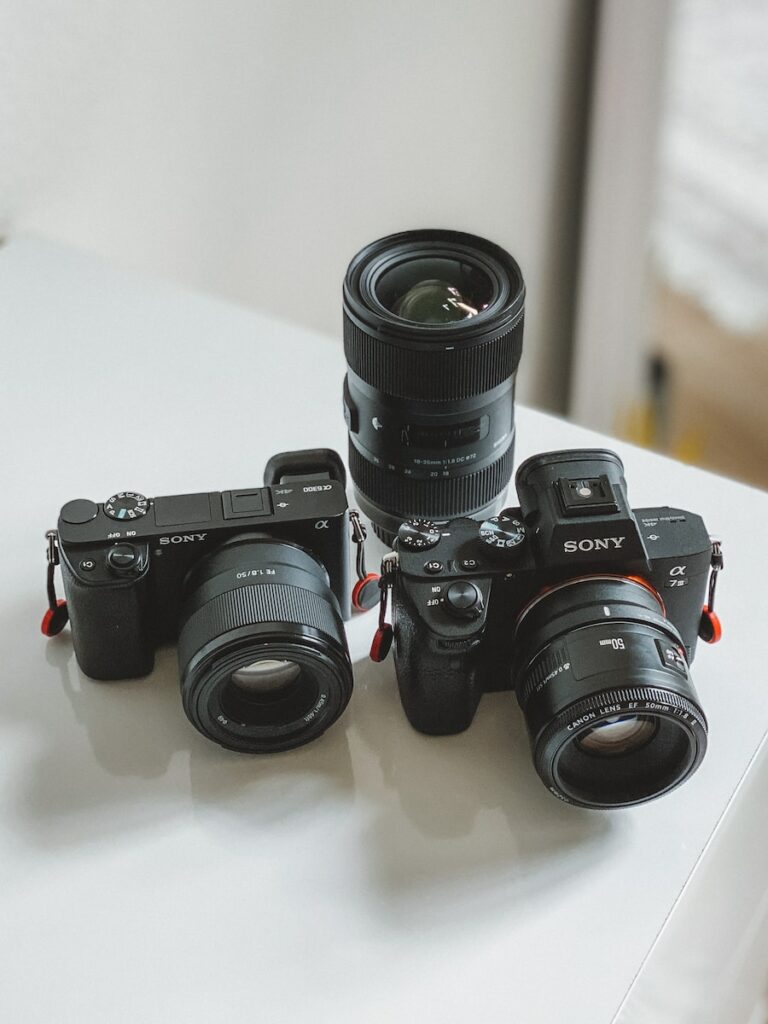
Is It Safe? Using Common Household Items for Camera Cleaning
Keeping your camera and its accessories clean is essential for maintaining optimal functionality and image quality. While there are numerous camera cleaning products available in the market, you may find yourself wondering if there are safe and effective alternatives using common household items.
A Relevant Case Study and Overcoming Challenges
Let’s take a look at a relevant case study involving photographer Sarah, who encountered a sudden speck of dust on her camera lens during a photoshoot. Panicking, she realized she had left her camera cleaning kit at home and desperately needed a solution.
Remembering a DIY camera cleaning hack she had read about, Sarah decided to try using compressed air from a can of computer duster she had in her bag. She carefully sprayed short bursts of air onto her lens, holding the camera upside down, and made sure not to shake the can while using it. To her relief, the speck of dust was gone without causing any damage.
This case study highlights the possible challenges one may face when using household items for camera cleaning. It is crucial to exercise caution and follow proper techniques to avoid potential damage to your camera and its components.
A Relatable Story with Benefits
Photographer Mark has been using household items for camera cleaning for years and has experienced great benefits. One of his favorite alternatives is using a microfiber cloth, commonly found in most households. He finds it to be an effective and safe tool for removing smudges and fingerprints from camera lenses and screens.
“Using a microfiber cloth not only saves me money on expensive cleaning kits, but it also provides gentle and streak-free cleaning. Plus, it’s readily available whenever I need it,” Mark explains. He recommends carrying a microfiber cloth in your camera bag for quick and convenient cleaning on the go.
A How-To Guide: Tips and Techniques
If you decide to explore the use of household items for camera cleaning, here are some essential tips and techniques to ensure safety and effectiveness:
- Choose the right household items: Opt for soft and non-abrasive materials like microfiber cloths, cotton swabs, or lens cleaning tissues specifically designed for glasses.
- Use gentle motions: When cleaning your camera and its accessories, avoid applying excessive pressure. Instead, use gentle wiping or brushing motions to remove dirt and dust.
- Be mindful of liquids: If you need to use liquid cleaners, make sure they are suitable for camera surfaces and avoid applying them directly onto the equipment. Dampening a cloth or cotton swab with the liquid is a safer method.
- Take precautions with compressed air: If using compressed air from a can, always hold the camera upside down to prevent any propellant residue or liquid from entering the lens or internal components.
In conclusion, while using common household items for camera cleaning can be a convenient and cost-effective solution, it is crucial to proceed with caution and follow proper techniques. By understanding the potential risks and benefits, photographers can make informed decisions that maintain the cleanliness and longevity of their precious equipment.
Frequently Asked Questions
1. Is it safe to use common household items for cleaning my camera?
Yes, it can be safe to use common household items for cleaning your camera, but it is essential to proceed with caution. Some household items are not suitable for cleaning delicate camera components and may cause damage. It is recommended to research the specific cleaning method and item before proceeding.
2. What are some commonly used household items for camera cleaning?
Some commonly used household items for camera cleaning include:
- Microfiber cloth: Soft and lint-free, ideal for wiping dust and smudges.
- Cotton swabs: Useful for reaching small crevices and removing debris.
- Isopropyl alcohol: Diluted solutions can effectively clean camera surfaces.
- Distilled water: Can be used in combination with other cleaning agents for gentle cleaning.
3. Are there any household items I should avoid using?
Avoid using abrasive materials such as paper towels, tissues, or rough cloths, as they can scratch the camera lens or body. Additionally, harsh chemicals like bleach or ammonia-based cleaners should be avoided as they can damage camera coatings.
4. How should I clean my camera lens?
To clean your camera lens, start by using a blower brush or air blaster to remove any loose dust particles. Gently wipe the lens surface with a clean microfiber cloth using circular motions. If necessary, apply a small amount of lens cleaning solution to the cloth and repeat the process. Be careful not to apply excessive pressure.
5. Can I use household items to clean camera sensors?
It is generally recommended to avoid cleaning camera sensors yourself, as they are highly sensitive and delicate. Cleaning the sensor requires specialized tools and techniques, best performed by professionals or experienced individuals. Improper cleaning can result in permanent damage to the sensor.
6. How often should I clean my camera?
The frequency of camera cleaning depends on how often you use it and the environmental conditions. It is good practice to clean your camera and lenses periodically to ensure optimal performance and image quality. However, avoid over-cleaning as excessive handling can also lead to potential damage.
7. Are there any safety precautions I should take while cleaning my camera?
While cleaning your camera, it is important to take the following safety precautions:
- Turn off the camera and remove the batteries before cleaning.
- Work in a clean and well-lit area to minimize the chance of dust or debris getting into the camera.
- Avoid touching the camera sensor or components directly with your fingers.
- Follow the manufacturer’s instructions and guidelines for cleaning.
Remember, if you are unsure about the cleaning process, it is best to seek professional assistance to avoid any potential damage to your camera.
Wrap Up
In conclusion, using common household items for camera cleaning can be both cost-effective and convenient. However, it is important to exercise caution and be aware of the potential risks involved. Always remember to research and assess the safety of the specific items you are using before attempting any cleaning methods. Prioritize the protection and longevity of your camera and its accessories by investing in proper cleaning tools and products when necessary.
Have you tried any DIY camera cleaning methods using household items? Let us know your thoughts and experiences in the comments below. We would love to hear from you!
